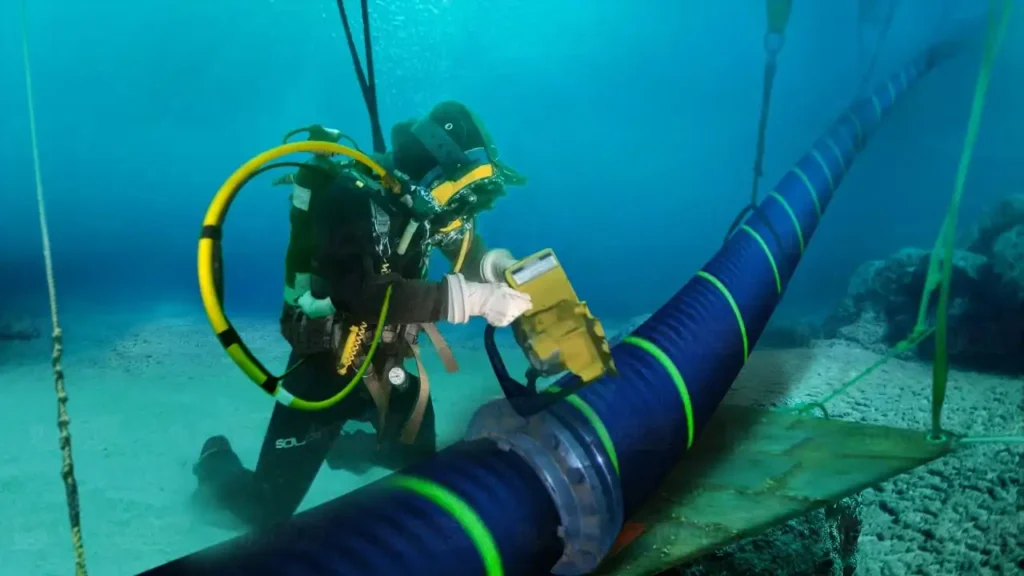Messi Biology explains that when the steel structures of high-rise buildings gradually soften and collapse in fierce fires, and when the metal sheaths of deep-sea optical cables are riddled with corrosion by seawater, a high-end coating with magnesium oxide at its core is becoming a “guardian.” In a fire, it can expand several times like a sponge, creating a fire-resistance barrier for steel structures for more than three hours. In a marine environment, it can transform into a “protective film,” reducing the metal corrosion rate to a nearly stagnant 0.01mm/year. Behind this “dual protection” lies the ultimate pursuit of the quality of magnesium oxide raw materials, and the magnesium oxide products from Hebei Messi Biology Co., Ltd. are injecting core strength into these high-end coatings.

Steel structures are the “skeletons” of modern architecture, but they have a fatal weakness—they rapidly lose strength at high temperatures. When the fire temperature reaches 600°C, the load-bearing capacity of a steel structure will drop by more than 50%, and it may collapse in less than an hour, leaving extremely limited time for personnel evacuation and firefighting rescue. Traditional fireproof coatings either have poor insulation effects or tend to fall off at high temperatures, making it difficult to meet the safety needs of large buildings. The emergence of intumescent magnesium oxide coatings has completely changed this situation.
Its secret lies in the coating’s “emergency response”: when encountering a high-temperature fire, the magnesium oxide particles in the coating react chemically with other components, rapidly expanding 5-8 times to form a porous, sponge-like thermal insulation layer. This insulation layer acts like a thick “fireproof cotton jacket” for the steel structure, effectively blocking heat conduction and keeping the steel temperature below the critical value. Fire tests on a super high-rise building showed that steel columns coated with this material could still maintain stable load-bearing capacity after being burned by an 800°C fire for 3 hours, winning precious time for personnel evacuation.
To achieve such stable “intumescent protection,” the quality of magnesium oxide is key. If the purity of magnesium oxide is insufficient and there are too many impurities, it will lead to uneven expansion reactions and even “loopholes” of local non-expansion. If the particle size deviation is too large, it will affect the film-forming property of the coating, making it prone to cracking and peeling off at high temperatures. The magnesium oxide products from Hebei Messi Biology Co., Ltd. have overcome these challenges: they use a multi-stage purification process to stabilize the purity of magnesium oxide at over 99.9%, with the content of alkali metals, heavy metals, and other impurities below 2 ppm, ensuring efficient and uniform expansion reactions. At the same time, through precision air-flow classification technology, the particle size of magnesium oxide is controlled within the golden range of 50-100nm, with a particle size distribution deviation of less than 5%, allowing the coating to form a continuous and complete intumescent insulation layer at high temperatures. A comparison test by a fireproof coating company found that the coating using Messi Biology’s magnesium oxide consistently maintained an expansion factor of about 7 times, extended the fire resistance time by 40 minutes compared to coatings using ordinary magnesium oxide, and reduced the coating peeling rate to below 0.5%.
